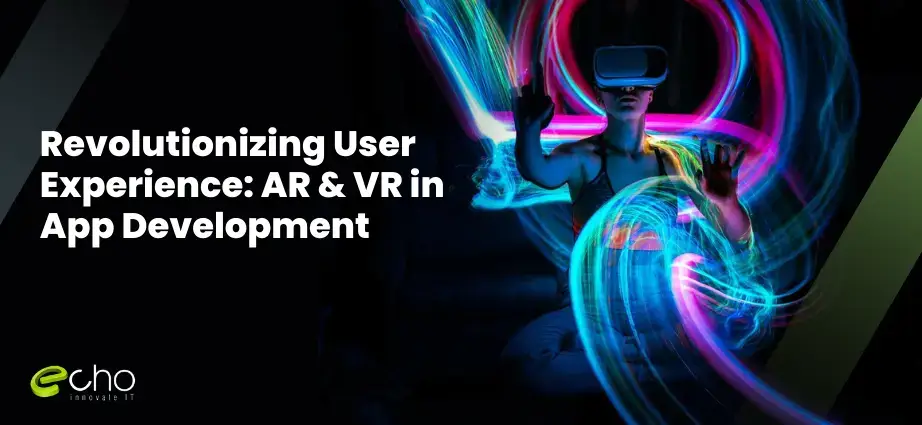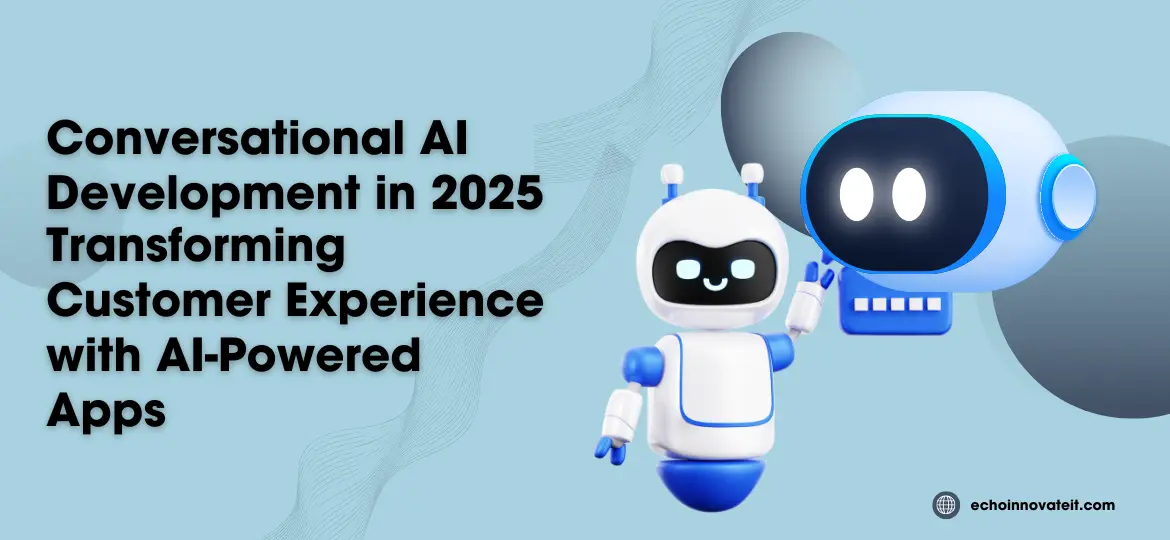The digital landscape is undergoing a tremendous transition, fueled by technologies that blur the distinction between the physical and virtual worlds. AR and VR are at the vanguard of this change, providing unparalleled opportunities for immersive and engaging experiences. User experience (UX) is paramount in today’s fast-paced digital age.
Consumers want applications that are both functional and enjoyable to use. Traditional app development strategies, while useful, frequently need to improve to create truly engaging experiences. This is where AR and VR come in. AR and VR can transform how we engage with technology by superimposing digital information on the real world or transferring users to completely new surroundings.
From gaming and entertainment to education and healthcare, these technologies are altering sectors and redefining the possibilities for app creation. Let’s look at how AR and VR are changing the app development scene and opening up new boundaries in user experience.
Boost your app development game with a top AR VR App Development Company. Contact us!
Understanding AR and VR
Augmented Reality (AR) is a technology that superimposes digital information, such as photographs, videos, or 3D models, over the physical world. It enhances the user’s reality experience by incorporating virtual aspects into it.
Virtual Reality (VR) is a computer-generated simulation of a three-dimensional image or environment that a person can interact with in a supposedly real or physical way by wearing special electronic equipment, such as a helmet with a screen inside or gloves equipped with sensors. It immerses the user entirely in a virtual world, excluding the physical one.
Also Check:
Key Differences Between AR and VR
| Components | Augmented Reality | Virtual Reality |
|---|---|---|
| Environment | Real-world environment with added digital elements | Completely computer-generated environment |
| Immersion | Partial immersion | Full immersion |
| Devices | Smartphones, tablets, smart glasses | VR headsets |
| Examples | Pokémon Go, Snapchat filters, IKEA Place | Gaming headsets, virtual tours, flight simulators |
Real-world Examples of AR and VR Applications
1. Augmented Reality (AR) Applications
- Gaming: Pokémon Go is an excellent example of augmented reality gaming, where users capture virtual creatures in the real world.
- Retail: Many businesses employ augmented reality apps to help shoppers visualize things in their environments. For example, IKEA’s Place app allows consumers to see how furniture would look in their homes before purchasing.
- Education: AR can be utilized to create interactive learning experiences, such as bringing historical characters to life or exploring the human body in three dimensions.
- Navigation: AR can provide real-time directions and information about points of interest superimposed on the user’s current worldview.
- Maintenance and repair: Augmented reality can provide step-by-step guidance for complicated activities by superimposing digital information on the physical object.
Also Check:
2. Virtual Reality (AR) Applications
- Gaming: VR provides immersive gaming experiences that make gamers feel like they are part of the game
- Entertainment: VR can simulate concerts, movies, and theme park experiences.
- Training and Simulation: Virtual reality trains professionals in various industries, including flight simulation, medical procedures, and military training.
- Real estate: Virtual property tours allow prospective purchasers to view properties afar.
- Therapy and Rehabilitation: VR is used to treat phobias, anxiety disorders, and pain management.
Impact of AR and VR on App Development
Augmented Reality (AR) and Virtual Reality (VR) are reshaping the app development landscape, offering unprecedented innovation and user engagement opportunities. These technologies transform how we interact with digital content, blurring the lines between the physical and virtual worlds. Here’s how you can benefit from incorporating AR and VR into apps.
- Immersive Experiences: With AR and VR, developers can build highly immersive experiences that capture people and foster stronger ties with businesses and products.
- New Interaction Models: These technologies provide novel ways for consumers to interact with apps, such as gestures, voice commands, and even physical movements.
- Enhanced User Engagement: AR and VR apps can significantly increase engagement and retention by providing visually stunning interactive experiences.
- Expanded Market Opportunities: AR and VR are opening up new markets and business models for app developers, allowing them to create unique and differentiated products.
Exploring Various Industries Leveraging AR and VR
Healthcare
AR and VR are used in healthcare to train, plan surgeries, treat patients, and provide mental health treatments. They offer new options for diagnosis, therapy, and patient care.
Retail
AR and VR alter how customers shop by allowing them to interact with products and try them on virtually. They can assist retailers in increasing customer engagement and sales.
Real Estate
AR and VR transform real estate by enabling interactive property tours and visualizations. They can help buyers and sellers make more informed judgments.
Also Check:
Conclusion
AR and VR are game changers across industries, providing unprecedented prospects for innovation and engagement. From immersive gaming experiences to transformative teaching tools and groundbreaking healthcare applications, these technologies are changing how we engage with the world. AR and VR have the potential to create remarkable user experiences by seamlessly combining the digital and physical realms. Developers who stress easy interfaces, seamless integration, and accessibility will lead this technological revolution.
The potential of AR and VR is enormous and untapped. By embracing these technologies, developers may generate new revenue streams, differentiate their products, and leave a lasting impression on their audiences. It’s exciting to be at the cutting edge of app development. So get in, experiment, and let your creativity run wild! The future of app development is immersive.
Contact Echoinnovate IT for any app-related queries or contact us to discuss a new project.
FAQs
How do AR and VR enhance user experience in app development?
AR and VR create immersive, interactive environments, making apps more engaging and lifelike, thereby revolutionizing user experience.
What are some common applications of AR and VR in mobile apps?
AR and VR are used in gaming, virtual tours, education, and e-commerce, offering users enhanced interactivity and visualization.
How can businesses benefit from integrating AR and VR into their apps?
Businesses can increase user engagement, improve brand loyalty, and offer unique, immersive experiences that set them apart from competitors.
What challenges might developers face when implementing AR and VR in apps?
Developers may face challenges like high development costs, hardware limitations, and the need for specialized skills to create seamless AR/VR experiences.



